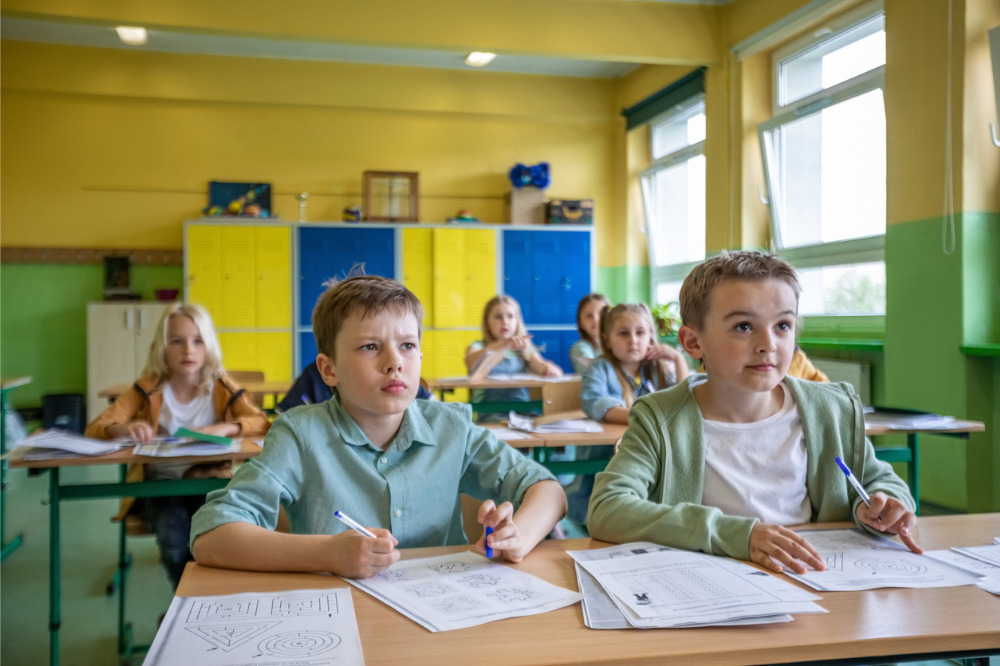
Research from leading school wellbeing platform Truwell has found 24% of young people in Australia are concerned about their health, with acceptable levels of hopefulness and happiness missing in 30% and 24% of students respectively.
Schools have become increasingly proactive about student wellbeing as data analytics has helped educators shed more light both on how a student’s wellbeing can impact on their academic, and life, outcomes.
However, as recent reports have shown, the services dedicated to improving young people’s mental health are lacking in quality. A recent study found that while children most commonly seek mental health support from their families, friends and schools, these networks are often poorly equipped to provide appropriate help, leaving children vulnerable.
Dr Sue Whatman is a senior lecturer in Health and Physical Education and Sport Pedagogy at Griffith University who researches school-based approaches to student wellbeing.
She says concern about student and staff wellbeing remains high as the sector readjusts to the new normal in schooling.
“The development of online learning, which provides access to learning in multiple ways has resulted in at least one clear driver of anxiety for students, teachers and families: extraordinary workload,” Dr Whatman told The Educator.
“This has manifested in a higher than usual resignation and retirement rate of experienced teachers from the schooling sector, placing additional burden upon teachers and administrators who remain, as well as early career teachers who have fewer experienced mentors to work alongside.”
However, Dr Whatman noted it’s important to remember that schools have been designed with features in place that support mental health and wellbeing of students and staff.
“In addition to compulsory education on wellbeing until at least Grade 9 via the Health and Physical Education curriculum, schools may also offer daily or weekly timetabled pastoral care, peer mentoring or buddy schemes, in-school access to specialists and diagnostic support services,” she said.
“Physical relaxation spaces as well as outsourced programs too are now available in majority of schools.”
However, Dr Whatman pointed out that concerted school-based approaches are often countered by circumstances which are outside of the school’s control.
“The schooling sector’s existing and improving approaches to student and staff wellbeing largely have been in response to upward, community-driven pressure.”
Fortunately, policy is now catching up.
Most state education departments have had student wellbeing policies and reporting requirements in place since 2015, driven largely by an influential international repot by the World Health Organisation on mental health in 2014 , and PISA data on student wellbeing available since 2015.
Building on this work, the Federal Department of Education – which published scoping studies into approaches to student wellbeing in 2008 – released the National Safe Schools Framework in 2016 , and operationalised these frameworks into the Student Wellbeing Hub in 2020.
“Furthermore, an Australian Student Wellbeing Framework has been in place since 2018,” Dr Whatman said.
“What all of this means is that policy support, community needs and schooling sector responsiveness have now coalesced into coherent, systematic, and agreed approaches to wellbeing. It is up to the end-users – the students, their families, teachers and administrators to engage with them to realise the benefits.”


